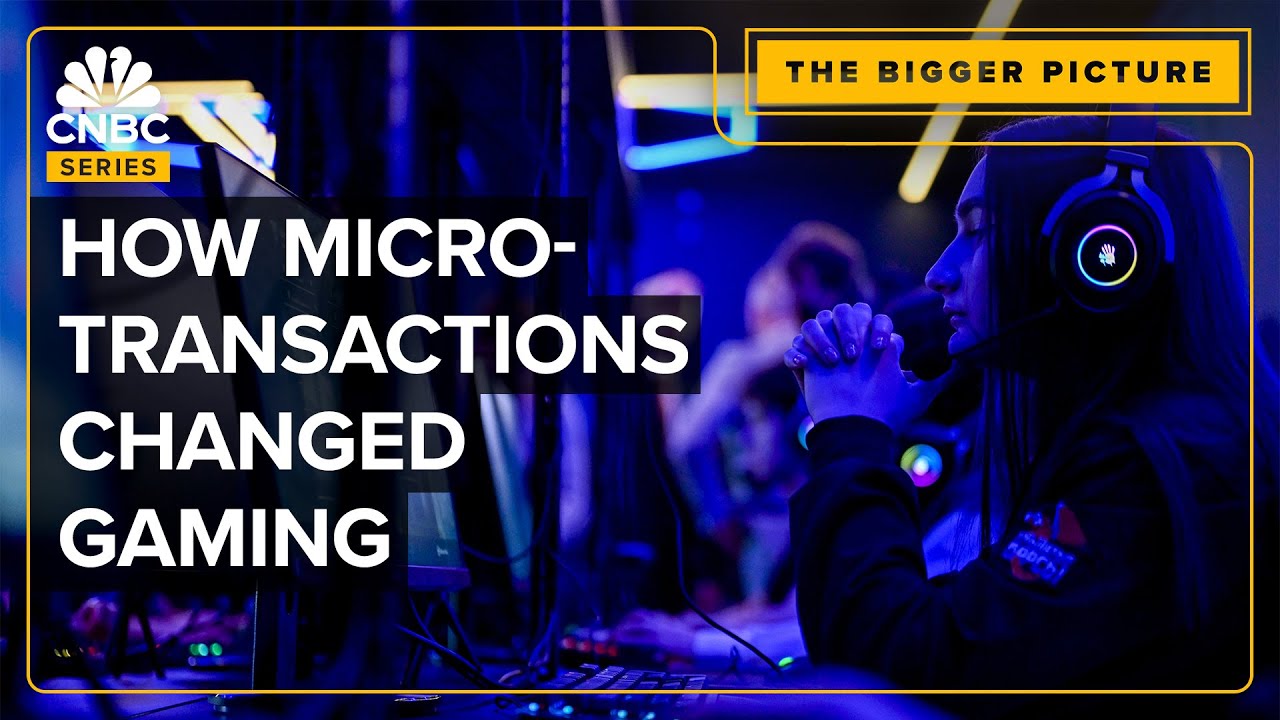28
The video game industry cannot quit microtransactions.
In fact, two of the largest video game companies in the United States — Electronic Arts and Take-Two Interactive — now make the overwhelming majority of their money from live-service games, subscriptions and in-game purchases, according to their recent earnings reports.
Microtransactions are purchases that users make inside a game using real money. They show up as subscriptions, virtual currencies, and character customization options, among other examples.
Popular live-service titles such as Fortnite, Call of Duty: Warzone, and Clash Royale were built around this revenue model. Game publishers must provide updates throughout certain game life cycles to retain player attention, which is where the term "live service" comes from. Gamers pay for those updates through season passes or subscriptions.Gamer backlash from the early attempts at in-game purchases caused the video game industry to shift its approach to these subscriptions and bundling purchasable content.
"The industry is really moved to more of a what they call a battle pass system, or some kind of packaging of seasonal content," said Mat Piscatella, executive director of video games at Circana. "Those systems have found much warmer response because I think people are finding that they're getting more value, and more reliable value for their money."
In-game spending has become a high-stakes issue in addition to a lucrative business. Electronic Arts' live-services operations made the company $5.6 billion in its most recent quarter, according to the company's latest earnings report. Epic Games, which created the popular Fortnite franchise, took Apple to court over an in-game payment system that the developer released inside Fortnite in order to bypass Apple's App Store fees. In Europe, app stores and so-called loot boxes are a major focus of tech regulators.
Watch the video above to learn more about microtransactions, the backlash involved, and where the industry goes from here.
Chapters:
0:00 — Intro
1:23 — The rise of microtransactions
4:00 — Gamer backlash
6:07 — Regulation
8:08 — What's next?
Produced, Scripted and Edited by: Christian Nunley
Animation: Christina Locopo, Jason Reginato
Camera, Jeniece Pettitt and Andrew Evers
Supervising Producer: Jeff Morganteen
Additional Footage: Getty Images
» Subscribe to CNBC: https://cnb.cx/SubscribeCNBC
» Subscribe to CNBC TV: https://cnb.cx/SubscribeCNBCtelevision
About CNBC: From 'Wall Street' to 'Main Street' to award winning original documentaries and Reality TV series, CNBC has you covered. Experience special sneak peeks of your favorite shows, exclusive video and more.
Want to make extra money outside of your day job? Take CNBC’s new online course How to Earn Passive Income Online to learn about common passive income streams. Register today and save 50% with discount code EARLYBIRD: https://cnb.cx/3Iwblnk
Connect with CNBC News Online
Get the latest news: https://www.cnbc.com/
Follow CNBC on LinkedIn: https://cnb.cx/LinkedInCNBC
Follow CNBC News on Instagram: https://cnb.cx/InstagramCNBC
Follow CNBC News on Facebook: https://cnb.cx/LikeCNBC
Follow CNBC on Threads: https://cnb.cx/threads
Follow CNBC News on X: https://cnb.cx/FollowCNBC
#CNBC
Why The $183 Billion Video Game Industry Can't Quit Microtransactions



Banks, businesses and companies have been doing it for years … Ten cents here, fifty cents there, a dollar a month, 75 cents something else … Especially grocery stores, they just nickel and dime pricing all the time … and you ever notice the errors that happen at grocers? 9/10 it’s a mistake in their favor and when you correct it, you’re made to look cheap for wasting time on ten cents or fifty cents.
But add up all those transactions across hundreds, thousands or millions of customer transactions and it quickly becomes a multi million dollar windfall and everyone is completely unaware of it because we don’t care about losing five cents.